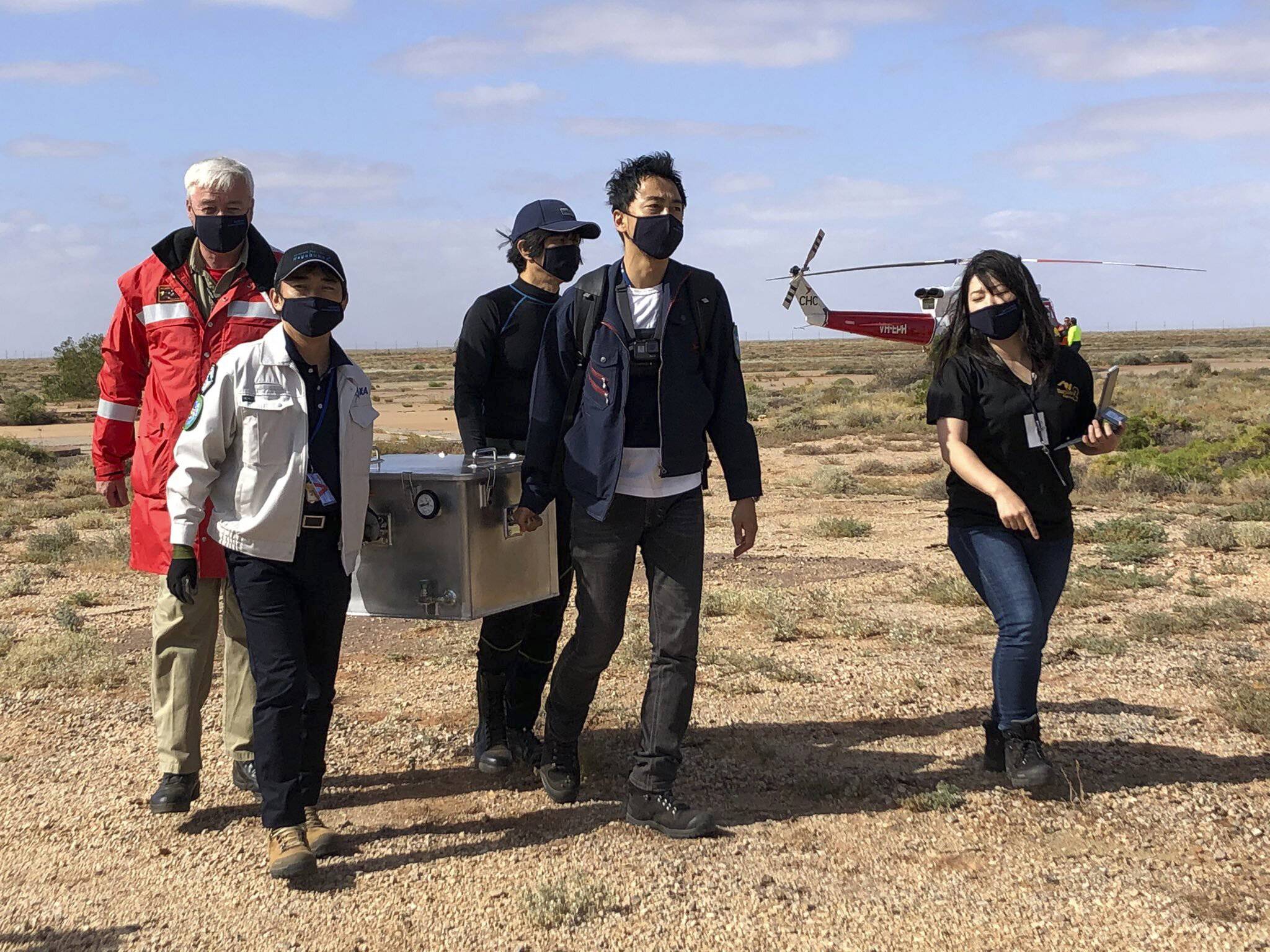To look at the stars is to gaze at history. The images we see are millions, if not billions, of years old, an age that reflects their distance and the time that it takes for light to traverse solar systems, galaxies or the universe itself. Science now allows us to pluck pieces of that past from asteroids as they whiz by, a study that can not only tell us about that distant past but may reveal something of our own origins as well.
That search is expected to bear fruit when Japanese scientists crack open the payload from the Hayabusa2, which returned to Earth last week. The spacecraft collected samples from the asteroid Ryugu last year in two mean feats of engineering derring-do. The probe flew five years and 300 million kilometers to land on a rock 1 kilometer wide that was 800 times farther from Earth than the moon. A first landing collected surface soil. After six months of observation, a projectile was fired into the rock and a second probe scooped up a sample of subsurface material.
It is that second sample, the first subsurface asteroid sample ever collected, that has scientists most excited. They believe that this soil has not been contaminated by exposure as Ryugu traveled the solar system. They hope that it will provide insight into how our planet was formed — and perhaps explain the sources of organic materials on Earth.

















With your current subscription plan you can comment on stories. However, before writing your first comment, please create a display name in the Profile section of your subscriber account page.